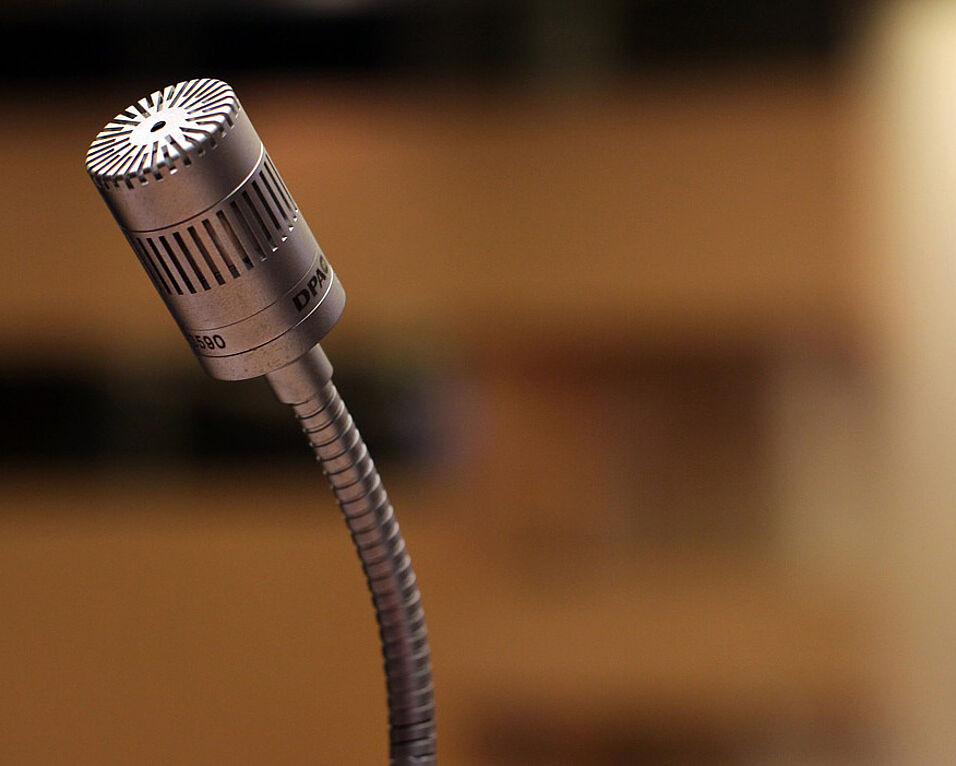The Max-Planck-Institute for Empirical Aesthetics was founded 2013 with the aim to understand aesthetic experience in two arts forms: Music and poetry. The challenge of the institute appears in linking research schools of humanities and sciences. In this talk I will give insight in three exploratory projects that demonstrate fruitful co-operations within the music department.
(I) Renaissance music iconography: The effect of physical contact on interpersonal physiological coupling. A large body of depictions originating between the 14th and 17th century show ensembles maintaining close physical contact while singing. These depictions, in the absence of additional written evidence, raise the question of whether this was a genuine historical practice and if so what purpose it may have had. While one practical reason could simply have been the necessity for close proximity in order to read out of a single note stand, another could have been a recognition of potential benefits of tactile stimulation on action coordination. Such benefits have been seen in a variety of contexts and we hypothesized that such benefits in a singing context may be evidenced by increased coupling of physiological responses.
(II) How is the perceived musical expressivity of singers affected by their mimic and gestural interpretation? Since aesthetical theories of enlightenment (e.g., Rousseau; Bach) facial expression and gesture have been considered as key factors for emotion communication in musical performance, assuming to improve accuracy, differentiation and quickness of emotion perception. In fact, when manipulating quality of videos for the two modalities differently, the visual quality perception seems to dominate auditory quality perception in general. For music performance, visual cues (e.g., seeing the performer) benefit emotion communication and often result in higher expressivity ratings for audio-visual in comparison to auditory stimuli, at least for piano, clarinet, violin and marimba performance. However, singing might be special because singing activity directly affects mimic. We therefore ask in this project: How does suppression of mimic and gestures by the singers affect perceived expressivity and how do visual and auditory information interact for perceived expressivity?
(III) Using eye tracking to investigate intense music listening. Experiencing music can be accompanied by the state of being absorbed by the music, a state in which individuals allow the music to draw them into an intense listening experience. We utilized a load related definition of state absorption: Multimodal resources are committed to create a unified representation of music. Resource allocation was measured indirectly by microsaccade rate, known to indicate cognitive processing load and attention allocation. Does microsaccade rate indicate absorption by music listening?

